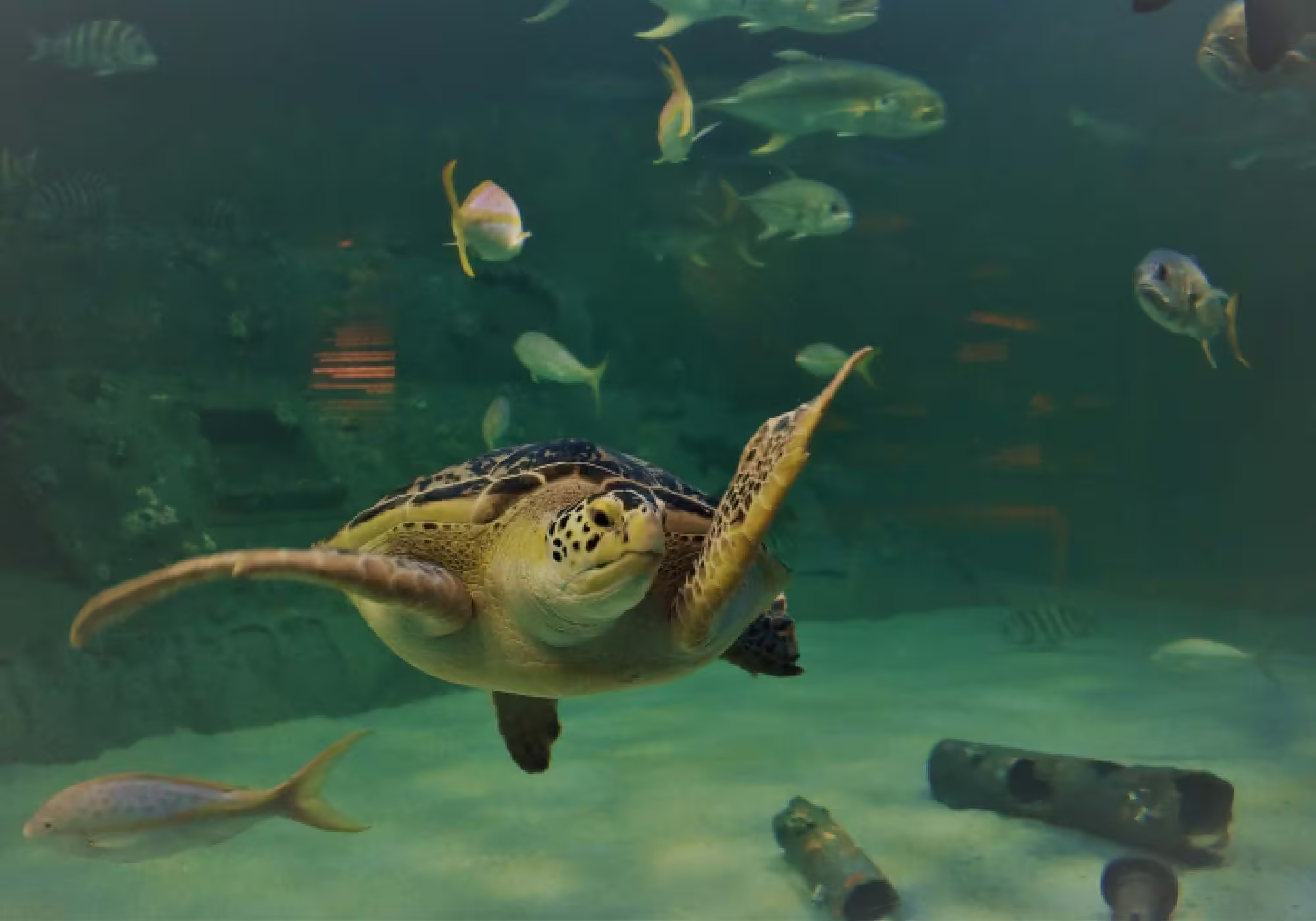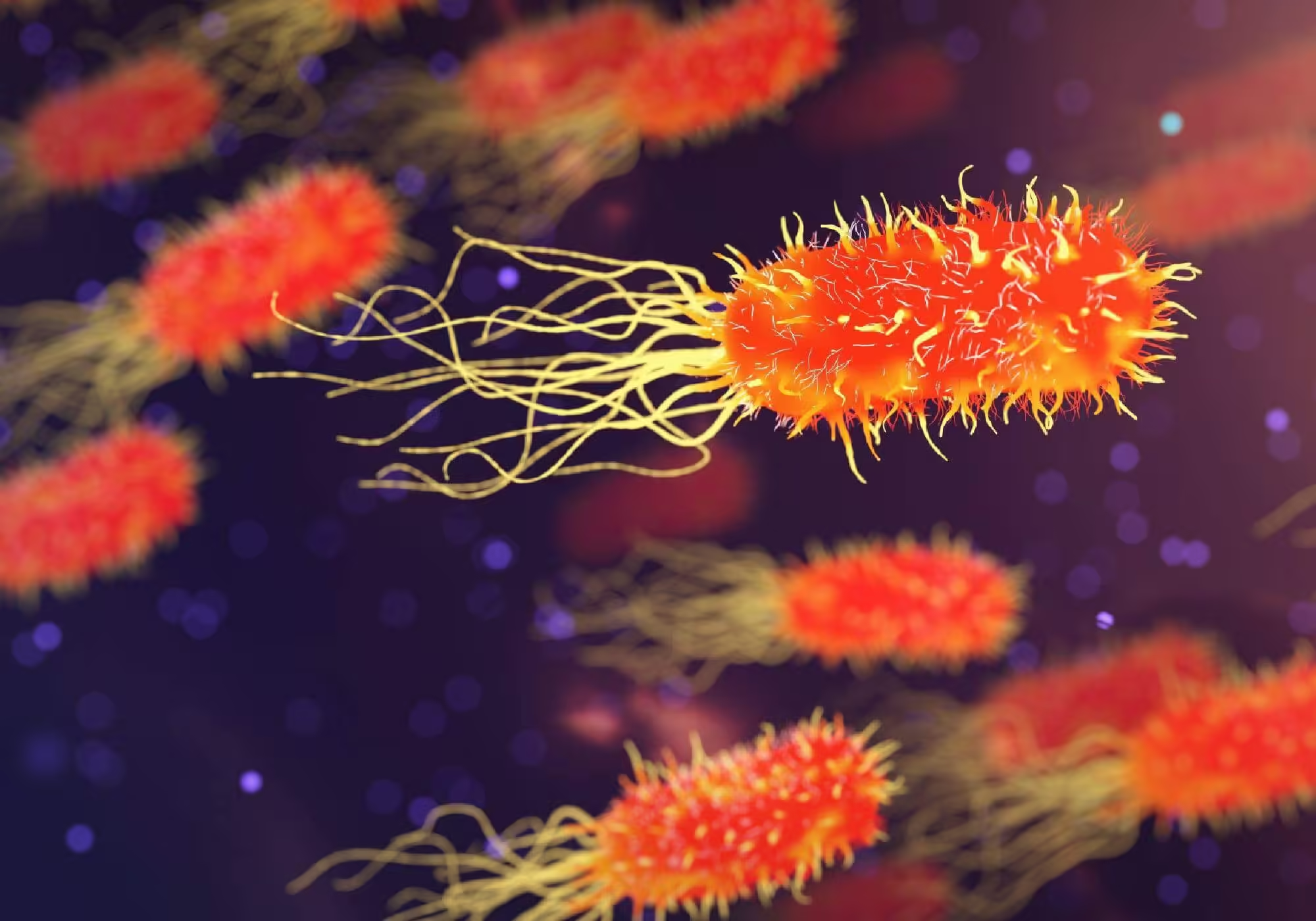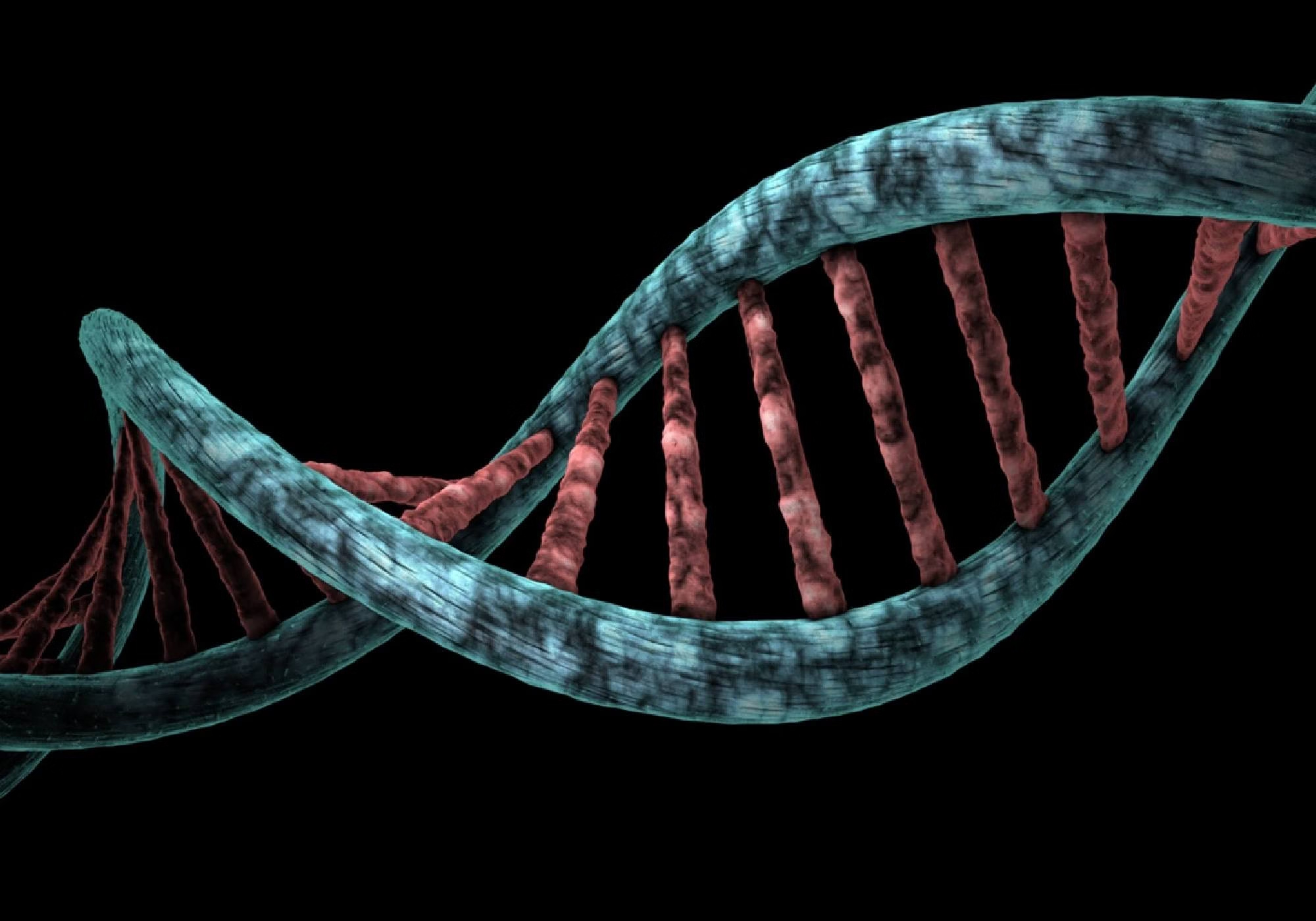Plastic pollution and marine life are very closely linked. Every year, millions of tons of plastic waste enter the oceans, directly harming the marine life. Sea turtles, fish, and seabirds often rely on plastic for food, leading to fatal diseases. In this post, I will explain how plastic pollution affects marine life and share some simple steps that you can take to make a change. Plastic for Marine life Marine animals are seriously under threat by plastic. Sea turtles take in plastic bags for jellyfish when they swallow them. This blocks their digestive systems and can lead to their death. Other animals, such as dolphins and whales, got entangled in plastic bits and pieces. They have trouble with moving and breathing, usually getting hurt or drowning in the process. Plastic also breaks down into tiny particles called microplastics. Small fish and plankton ingest these tiny particles, which then make their way up the food chain. At some point, humans eat seafood that is contaminated with these microplastics, putting our own health at risk. What Should We Do? Even though plastic pollution seems like a huge problem, small individual actions can make a big difference. There are a few simple steps you can take: 1. Reduce the use of plastic Choose items that are reusable like bags, bottles, and containers. By avoiding plastic that cannot be recycled, you can reduce the chances of plastic ending up in the ocean. 2. Demand for strict laws Support a law that bans one time use plastics and promotes better waste management systems. Make your voice heard by supporting initiatives that tackle the plastic concern. 3. Recycle correctly You should be aware of what you are recycling. Polluted recycling often ends up in garbage landfills, so make sure your plastic waste is recycled correctly. 4. Raise awareness Share facts and information with your friends, family, and community. So that the more people knew about plastic pollution and marine life, the better we could fight it. Protection of Marine Life Oceans play a vital role in maintaining our climate, providing the food and supporting life on Earth. But plastic pollution is putting all of these ecosystems at risk. Sea turtles, dolphins, fishes, and other marine creatures are suffering as the amount of plastic in their environment increases. From eating plastic to getting trapped in debris, they face serious challenges. By making small changes in our daily lives, we can reduce plastic waste and prevent further harm to our environment. Reusing products, recycling properly and supporting clean-up efforts may look like small actions, but together they make a big difference. Marine life does not have a voice, but we do. We must step up and help to protect these animals from the dangers of plastic pollution. Simple Ways to Protect Marine Life We can keep the oceans clean by making small changes to our lifestyle. Start using reusable bottles and bags. Avoid using plastic straws and cutlery while dining out. Support local businesses that prioritize sustainable practices. These small efforts can collectively reduce the amount of plastic that ultimately ends up in our oceans, that will help to protect marine animals. Call to Action Plastic pollution is one of the most significant environmental issues today, and its impact on marine life is life-threatening. Every piece of plastic floating in the ocean contributes to the destruction of so many marine creatures of the ocean. But we can change the situation. By reducing plastic use, joining initiatives to remove plastic, and pushing for better waste management, we can protect marine animals from this growing threat. So, are you ready to take action? Will you reduce plastic use or join a clean-up effort? The future of our oceans depends on the steps we take today. Let’s work together to protect marine life and restore the beauty of our oceans.
Monomers of Lipids – How Fatty Acids & Glycerol Fuel Your Science Knowledge
Your body turns food fats into energy while maintaining your health through a process. The construction of biological structures happens through monomers, which function similarly to the way bricks build foundations for houses. Lipids, commonly known as fats, are among these structures, and their monomers—fatty acids and glycerol—are the essential “bricks.” Lipids represent more than dietary caloric content. These structures serve three main functions, which include energy storage, and they create cell membranes while facilitating cellular intercommunication. The varied nature of these molecules makes it impossible for your body to perform its essential functions. The small size of these molecules does not explain their ability to execute big work. Various lipid types exist because their monomer components, fatty acids and glycerol, enable adaptability. The two types of monomers unite as dynamic elements to deliver storage capabilities and structural support. The following discussion will examine the structure as well as the operational mechanics of these substances. This essay will discuss the process through which these compounds convert into life-sustaining lipids. What are Lipids Lipids form a wide category of natural substances that contain three main forms, including fats and oils together with waxes. Lipids stand out because they have a water-resistant quality, which leads to limited mixing behavior with water molecules. A unique characteristic of lipids helps them perform essential biological functions, which include creating protective barriers together with providing reliable energy storage. Functions of Lipids Types of Lipids Real-world analogy: Imagine lipids as a multi-tool pocketknife. A single tool can perform various tasks similarly to how lipids adapt to the multiple requirements of the human body. Lipids act as the source of energy throughout marathon events. The body benefits from lipids by providing insulation during cold weather. In the next section, we’ll zoom in on the “multi-tool components” themselves: fatty acids and glycerol. Feature Saturated Fatty Acids Unsaturated Fatty Acids Structure No double bonds between carbon atoms; completely “saturated” with hydrogen atoms One or more double bonds between carbon atoms; “unsaturated” with hydrogen State at Room Temperature Solid (e.g., butter, lard) Liquid (e.g., olive oil, canola oil) Health Impact may increase LDL cholesterol levels, which may increase the risk of heart disease It is generally considered heart-healthy; it may help lower LDL cholesterol levels Examples Animal fats, butter, coconut oil, palm oil Olive oil, avocado oil, fish oil, nuts, seeds Hydrogenation Does not undergo hydrogenation, is already fully saturated May undergo partial hydrogenation to form trans fats Presence in Nature Found mainly in animal products and some tropical oils Found mainly in vegetable-based oils and fatty fish Breaking Down Lipids Two basic components known as fatty acids and glycerol produce the complex compound known as lipids. The combination of monomers produces energy-storing and cell-structure-building molecules. The fuel supply comes from fatty acids, while glycerol acts as the rigid framework that keeps all components united. What Are Monomers? Lipids, along with other macromolecules, use monomers as their basic structural elements. The puzzle-making process involves monomers as individual pieces that complete a larger whole. The combination of glycerol and fatty acids forms triglycerides along with additional lipid structures. The lipid partnership functions both efficiently and biologically crucially for the body to perform tasks such as energy storage and insulation. Fatty Acids Fatty acids function as the primary elements that drive operations in the lipid domain. Structurally, they have long carbon-hydrogen chains that end with a -COOH functional group. The two main types of these chains exist today. The human body needs fatty acids for energy generation. The body breaks chain structures into usable energy whenever it needs fuel. The caloric content of one gram of fat reaches 9 calories when compared to carbs or proteins at less than half that value. Glycerol: The Backbone of Lipids The three-carbon structure of glycerol contains three hydroxyl groups (-OH). Glycerol acts as a binding agent, which creates triglycerides from fatty acids. The structure operates as a central connection point that supports multiple spokes in a wheel configuration. Glycerol functions as the anchor in a team-building exercise. Multiple fatty acids attach themselves to the glycerol core to create one stable energy storage unit. The body stores excess energy as triglycerides, which serve as its main long-term storage units. Life depends on the essential bond that exists between fatty acids and glycerol. The basic structure enables the formation of complex lipids. The body uses these lipids to satisfy its energy requirements for activities such as cell repair and marathon running. Working of Fatty Acids and Glycerol Glycerol and fatty acids participate in esterification through hydroxyl groups of glycerol combining with carboxyl groups of fatty acids. The chemical reaction creates triglycerides which represent the most prevalent type of lipid compound. This process occurs naturally in our bodies, allowing us to store energy efficiently. These triglycerides not only store energy but also act as insulation, protecting our organs and maintaining body temperature. So, despite frequent discussions about eliminating fats from our diet, it is important to note that proper utilization of lipids is imperative to maintain optimal health. Role of Lipid Monomers in Our Body The combination of fatty acids and glycerol does more than just store energy. These lipid monomers are essential for many bodily functions. Here’s a quick list of why they’re so important: Fascinating Facts About Lipid Monomers Lipid monomers exist as more than functional molecules because they present both stories and applications extending past human biological systems. This section presents a collection of notable information that illustrates both the adaptability and significant value of lipid monomers. Historical Insight Scientists extracted fats from diverse natural materials to start their fatty acid research during the nineteenth century. Discovery of glycerol first occurred during the soap-making process in the late 18th century. The scientific findings resulted in a better comprehension of monomers of lipids in biological processes. Unique Perspective Lipids perform extraordinary functions within the realm of animals. Whales maintain large quantities of lipids inside their blubber tissues. The insulation material protects them in frigid ocean conditions.
Classification of Microorganisms | Types and Examples
Microbes are all around us. They may be small, but they play an important role in the environment, medicine, and industry. These small living organisms are classified into different groups based on their characteristics. Today, I will walk you through the classification of microorganisms in an easy and understandable way. From bacteria to fungi, we will look at the major types of microorganisms, their examples, and their importance in everyday life. Microorganisms Microorganisms are the organisms that are so small so that they can only be seen with a microscope. They exist everywhere, leading from the soil and water to the air we breathe. You may have heard of bacteria, viruses, fungi, and algae, but there are more groups that we are going to explain today. So, let’s look at the wide range of classification of microorganisms. Based on Cell Type 1. Prokaryotes Prokaryotic is the type of microorganisms that are without of a distinct nucleus. Their genetic material floats freely inside the cell. This category of microorganisms includes bacteria and archaea. 2. Eukaryotes This type of microorganisms, unlike prokaryotes, have a defined nucleus. Examples of eukaryotic microorganisms include fungi, algae, and protozoa. Based on Oxygen Requirement Microorganisms can also be classified on the basis of oxygen requirement. Based on Nutrition Microorganisms can be classified based on how they obtain food. Some of them produce their own food, while others rely on external sources. 1. Autotrophs Autotrophic microorganisms make their food from simple substances such as carbon dioxide. They are further divided: 2. Heterotrophs Heterotrophic microorganisms rely on organic matter for their food rather than producing it themselves. They break down dead organisms, help in reducing to recycle nutrients back into the environment. Many bacteria and fungi act as heterotrophs, which play an important role in decomposition. To make it clearer, take a look at the table below for a better understanding. Classification Types Description Examples Cell Type Prokaryotes Microorganisms without a distinct nucleus. Bacteria, Archaea Eukaryotes Microorganisms with a defined nucleus. Fungi, Algae, Protozoa Oxygen Requirement Aerobic Require oxygen for survival. Decomposing bacteria Anaerobic Do not require oxygen; may even die in its presence. Some gut bacteria, Clostridium Nutrition Autotrophs Produce their own food. Cyanobacteria, Archaea Heterotrophs Rely on organic matter for food. Many bacteria, Fungi Classification of Microorganisms Viruses Viruses often come into discussions about microorganisms, but they vary significantly from others. Unlike living organisms, viruses cannot reproduce without a host. They occupy plants, animals, and even bacteria (bacteriophages). For example, flu viruses and HIV exhibit this unique trait. Importance of Classification of Microorganisms Classifying microorganisms allows the scientists to understand their roles in the environment and recognize their impact on humans, plants, and animals. By identifying disease caused by bacteria, we can develop effective treatments. Similarly, when we understand beneficial microorganisms, we can implement them in agriculture using bacteria to enhance crops growth. FAQs Q1: What are microorganisms? Ans: Microorganisms are the tiny organisms that are too small to be seen with the naked eye. These organisms include bacteria, fungi, viruses, protozoa, and algae. Q2: Why are bacteria important? Ans: Bacteria play various roles, such as help in digestion, producing vitamins and decomposing organic matter. Some bacteria can also cause diseases. Q3: How do viruses differ from other microorganisms? Ans: Viruses are non-cellular objects that require a host to replicate, unlike other microorganisms that can independently survive and reproduce. Q4: What role do fungi play in the environment? Ans: The fungus decomposes organic matter, recycles nutrients, and is used in food production and medicine. Q5: Can you give examples of protozoa? Ans: Protozoa include organisms such as amoeba and plasmodium. Moreover, plasmodium is known for causing malaria. Conclusion Microorganisms may be small, but they have a huge impact on our lives. They break down waste, they can cause disease, and produce oxygen, each of them is playing its role. As we learn more about their taxonomy, we can easily differentiate them whether which type is more beneficial, and then we could appreciate their actions. This knowledge will help us to understand how they are constantly developing the surrounding environment.
Understanding the DNA Replication Process: Enzymes, Functions, and Benefits
DNA replication is a fine process as far as biology is concerned. It is simple yet so efficient. You can not really picture anything better. Over single handed responsibility for passing the genetic information to the next generation. How does this intricate process occur? Specialized enzymes are responsible for the answer. But these biological catalysts keep copies of DNA with such precision and at such speed. This important one would be fraught with errors without enzymes, threatening the lives of all living organisms. Enzymes are highly skilled factory workers, each of whom performs just one job so that DNA replication goes smoothly. The molecular machines depicted in these images unwind double helices, document uncoiling, and seal the final strands. In this blog, we will know more about what these enzymes do. It will demonstrate how it keeps the genetic blueprint that marks any living being. What Is DNA Replication? DNA replication is the biological process in which DNA (a major constituent of chromosomes) copies itself from one strand into two identical strands. The cell splits before this takes place. It makes the daughter cell exactly like the parental body with its genetic code. This is an incredibly precise process. A little mistake can mutate a cell. It might destroy a cellular function or make you sick. DNA replication unfolds in three essential steps: The unique property of DNA replication is that it happens in a semiconservative manner. The molecules are 1 new, which is one newly synthesized strand joined with 1 old, one original strand. This design provides error reduction and has the added advantage of genetic stability from one generation to the next. Important Enzymes for DNA replication Enzymes are responsible for ensuring that every step in DNA replication runs smoothly. Here we will take a closer look at the main enzymes that are involved and their specific roles. 1. Helicase DNA replication involves in separating two DNA strands in the first step. Helicase is the enzyme that is responsible for this process. It moves along the DNA and “unzips” the helix by breaking the hydrogen bonds between the bases. This process opens up the DNA and creates two single strands ready for replication. 2. Primase Now those strands have separated, they need something to help to boost the replication process. Primase is an enzyme that forms a small RNA primer, which provides a starting point for DNA synthesis. This primer is essential because DNA polymerase cannot start the process on its own. 3. DNA Polymerase The real action is connected with DNA polymerase. This enzyme binds the RNA primer and starts adding new nucleotides to the existing strand. DNA polymerase works like a builder, in ensuring that the new DNA strand matches perfectly with the original design. It checks each nucleotide for errors and corrects them, which is important to prevent mutations. 4. Ligase After that the DNA polymerase finishes synthesizing the new strands, small gaps remain between the fragments. DNA ligase then take action to seal these gaps by joining the fragments together. Without this crucial action from ligase, the new DNA would stay incomplete, and the replication process would fail to finalize. The Role of Single Strand Binding Proteins Not only enzymes, single strand binding proteins (SSBs) also play a supporting role in DNA replication. After opening the helicase DNA, SSBs bind them to a single strand and prevent them from snapping back together. They stabilize the strands, to ensure that they remain open and accessible to other enzymes. Accuracy in DNA Replication Process The accuracy of DNA replication is very significant for life. Without the accuracy provided by enzymes, genetic information will quickly break down, leading to harmful mutational effects. DNA polymerase acts as a scanning tool, adjust any mistake that occur during nucleotide addition. This enzyme can also remove the wrong nucleotides and replace them with the right ones, ensuring that the new strand is almost identical to the original. Moreover, enzymes such as helicase and ligase assure that the replication process proceeds smoothly without any interference. They prevent meshes in the DNA and ensure that the entire strand is replicated without interruption. This level of coordination between enzymes is stunning and shows the importance of these small molecular machines. The Leading and Lagging Strands The two strands of DNA run in opposite directions, so, unfortunately, DNA replication isn’t as straightforward as it would seem. Due to this difference, leading and lagging strands cannot be synthesized easily. Leading Strand DNA polymerase builds the leading strand by putting nucleotides in place. It does this in the same direction as the replication fork moves. Helicase opens up the DNA. This lets the polymerase work without stopping to make the strand. Lagging Strand One of the main problems is the direction the lagging strand runs. Okazaki fragments are products of DNA polymerase, which can only add nucleotides in short bursts. The necessary work these fragments need to do to become a complete strand is done by primase, DNA polymerase, and ligase, respectively. The coordination of this effort is proof positive that enzyme activity in DNA replication is precise and complex. Enzymes Beyond Replication Not only do DNA replication enzymes copy DNA, they also do a lot more. They participate in several other crucial cellular processes, including: Further, these additions of roles broaden the versatility of these replication enzymes. Without them, cellular health and life processes would essentially cease to exist. Importance of Enzymes in Biotechnology and Medicine DNA replisome enzymes have completely revolutionized biotechnology and medicine. Their ability to manipulate and copy DNA has opened doors to groundbreaking applications: These applications illustrate how understanding replication enzymes contributes to scientific innovation and improves human health. Conclusion That is where unsung heroes of DNA replication step in: enzymes, which orchestrate a process that is critical to life. Every enzyme that does something to make DNA copied accurately and efficiently duplicates works one precise job. These enzymes do more than replicate: they shield cells from genetic damage, and they




